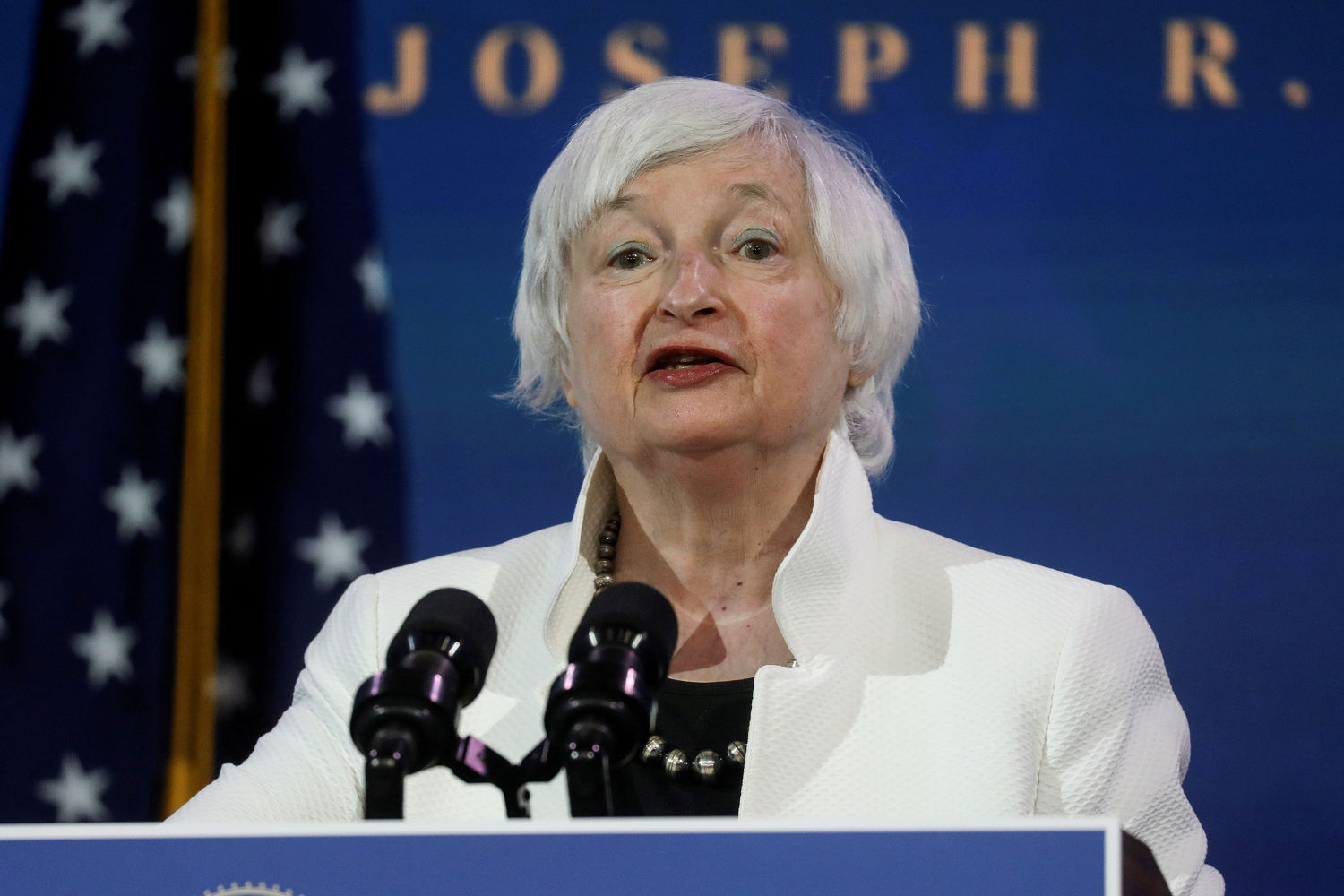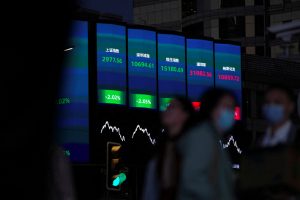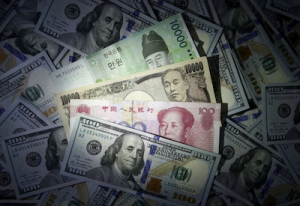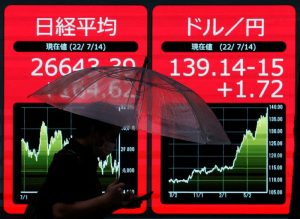(ATF) After its disappearance last year, exhilaration will return in 2021. Any qualitative review of 2020, whether in human or capital markets terms, is doomed to cliché already, simply under the burden of the coronavirus as it unleashed its deadly charms.
So forget 2020 and its endless dramas with which we are all now wearily familiar – it’s time to examine here what is likely to unfold this year. At the same time, let’s not forget that a year best forgotten ended with a storming performance in equities and bonds – with the former across the major indices regaining levels last seen before the market collapse of the March panic.
I suspect 2021 will solidify the coagulation of capital markets around the axiom of environment, social and governance (ESG) rubrics within the investment discipline. ESG has been gathering feverish pace in recent years, not only because of increasing concern about climate change and the devastating impact of global warming on the environment and the natural disasters it has wrought, but because it has been established that ESG-aligned assets outperform their “vanilla” peers.
Those who weren’t converted by the ethics theme inherent in ESG have now been by the alpha-generating proposition of the attendant asset class against relevant benchmarks, whether within the institutional or retail investment complexes.
Along the way, green finance – comprised of green bonds and loans – has become the pre-eminent asset class of the times. And in 2021 it will attain super-charged heat: green bond issuance will surge to record levels as a result of the “build back better” mindset gathering momentum among global governments and the alignment of the incoming US administration of Joe Biden with the ESG mindset.
This will manifest in the form of America rejoining the Paris climate agreement and the attendant full-scale migration away from fossil fuel energy production towards clean energy – solar and wind farm booms are already gathering pace in the US, particularly on the East Coast – as well as in a move to align the country with the green taxonomies which are solidifying into accepted orthodoxy in the European Union and China.
Rejoining the fold
The latter has become perhaps an unlikely torchbearer in terms of green finance and that torch is one which the Biden administration will be keen to grasp as its own – under the direction of political heavyweight John Kerry in his new role as special presidential envoy for climate – as America rejoins the multilateral fold and reasserts its traditional international role within the rule-based international order, which, having been shredded by Donald Trump, reemerges.
What about the rates and credit dynamic? Biden has already announced the appointment of Janet Yellen as Treasury secretary. Given her previous tenure as Federal Reserve Board chair, she will be an interesting contrast to current Fed boss Jerome Powell (not wishing to detract from his decisive policy reactions to the Covid-19 pandemic in interest rate and quantitative easing terms).
“While I would not completely rule out the use of negative interest rates in some future very adverse scenario, policymakers would need to consider a wide range of issues before employing this tool in the US, including the potential for unintended consequences,” Yellen said way back in 2015 during her term in the Fed chair. That, of course, was five years before Covid-19 had first been spewed from the mouth of a bat or out of a test-tube or wherever it came from.
“Adverse scenario?” You bet, arguably the worst ever to hit in peacetime, but Yellen wouldn’t have seen this one coming, absent trenchant clairvoyant skill. A negative policy rate will be deployed in the US this year, with a cut of the Fed funds rate by 50-100bp to negative my call, and the Treasury yield curve also dragged negative out to 10 years in the process.
Unintended – but clearly to be foreseen (no crystal ball needed for that) – consequences of a negative interest rate policy will be a weakening of the dollar. I’m not suggesting a collapse, although the 2020 surge of bitcoin in seeming anticipation of a delinquent dollar suggests otherwise.
A significant waking of the dollar will represent a sizeable wealth transfer to the emerging markets as debt service costs will be significantly reduced for those countries with hefty levels of dollar debt on national and corporate balance sheets.
Brace for defaults
The credit dynamic is perhaps a more troubling proposition but it needn’t be. Relatively high defaults are on the cards as non-financial corporate debt levels have risen in recent years, largely as the result of benchmark interest rate compression globally, and the ability of companies to load up on ultra-cheap debt in the face of abundant liquidity and the ongoing quest for yield.
In the latter case, the hurdles used by insurance companies and pension funds in the eurozone, where negatively yielding government bonds are now the norm – the effect of ultra-loose ECB monetary policy and its schemes such as the Pandemic Emergency Purchase Programme and Long-Term Refinancing Operations are in many cases set at just 0%, and some reference hurdles at asset managers are already in negative territory. That means newly minted paper will find demand, even with the added succour of guaranteed central bank buying support.
As US rates go negative, that hurdle will also compress to zero among dollar-based asset managers, guaranteeing demand, again within the context of a Federal Reserve more than willing to enter the market to purchase corporate bond debt.
Given this dynamic, the forecast among US high-grade debt market players is that secondary spreads in that sector will hit all-time lows of around the 70bp over mark this year, representing a 35bp-odd tightening from current levels. With that I concur. Meanwhile, in the context of compressing US Treasury benchmark yields towards negative territory, the convexity effect on bond prices will keep everyone in the money management business smiling, even against the backdrop of a battleground real economy.
Tenor extension will also be the subject of much chatter this year as the quest for yield drives demand for ever longer maturities. Talk was rife last year that the German Treasury will seek to issue 50-year bonds – not valid for the ECB purchase programme, which extends only to 30 years, but demand will nevertheless be there.
While issuers may be wary of paying up to meet long tenor demand when shorter-tenor issuance is available, the blended term-funding proposition and curve creation will appeal to the more dynamic liability managers, and ultra-long tenor, relatively liquid interest rate swaps are available in size to facilitate issuance.
Restructuring cavalcade
Default in the bond markets will be a persistent headline-grabbing theme in 2021. The phenomenon might be most worrying in China where non-financial debt reached an all-time high of 159% of gross domestic product in the first quarter of last year – versus 78% in the US, 110% in the eurozone and 96% across emerging markets – although I doubt a credit crisis will occur in that country.
Sure, there will be skipped coupons, outright defaults and workouts, some of which will grab headlines and shock a raft of market players; weaker banks wearing the stress of ill-judged toxic loans on the books might be allowed to fail or get purchased by their stronger brethren. There may be a restructuring cavalcade of offshore dollar paper, probably from the real estate sector.
But in all this the big takeaway is that a new granularity is emerging in China in terms of credit as the financial authorities attempt to wean the investor mindset away from an underlying assumption of implicit government support.
The somewhat absurd domestic ratings agency culture, whereby most corporates are rated investment grade and many Triple A will give way to something more radically discriminating, not least because the big foreign credit rating agencies have brought stringency to the ratings discipline in China, since they were allowed to start operating in the country as part of the move to open up capital markets to foreign participation.
Indeed one big theme of 2021 will be the entry of a wall of foreign capital into China’s domestic bond markets. Against the rising parsimony of yield available within the dollar and euro markets, the yield proposition of China’s debt markets appears irresistible.
China government bonds yield around 3.3% at 10 years, it’s easier than ever for foreign players to buy them, thanks to mechanisms such as Hong Kong’s BondConnect, and foreign credit agencies and investment banks are now able to operate within China, bringing transparency and best practice to what has often been a chaotic, casino-like venue of chaos.
Challenging proposition
The surge in China bond buying will also be the result of the addition of China government bond to important global bond indexes such as the FTSE Russell and MSCI benchmarks, where buying will be a reweighing, mechanical phenomenon.
In summary, after the wild ride of 2020 in the global real economy, the intervention of government in financial and human capital markets on an unprecedented scale, 2021 presents as a challenging proposition – perhaps I intentionally understate the case given all that has gone before over the past year – but also a fascinating one.
I am willing to be optimistic, not least because the rollout of Covid-19 vaccines globally will change the game, but because of the themes I have outlined above. For capital markets, ESG’s emergence as the nulli secundus of investment practice is the most important, and the full engagement of the US within that arena brings with it the promise of exhilaration. That is a phenomenon unexperienced by many, if not most, since 2020 made its most unwelcome entrance. It will return in 2021.
ALSO SEE:
China’s debt market contraction will be a high-stakes game
























